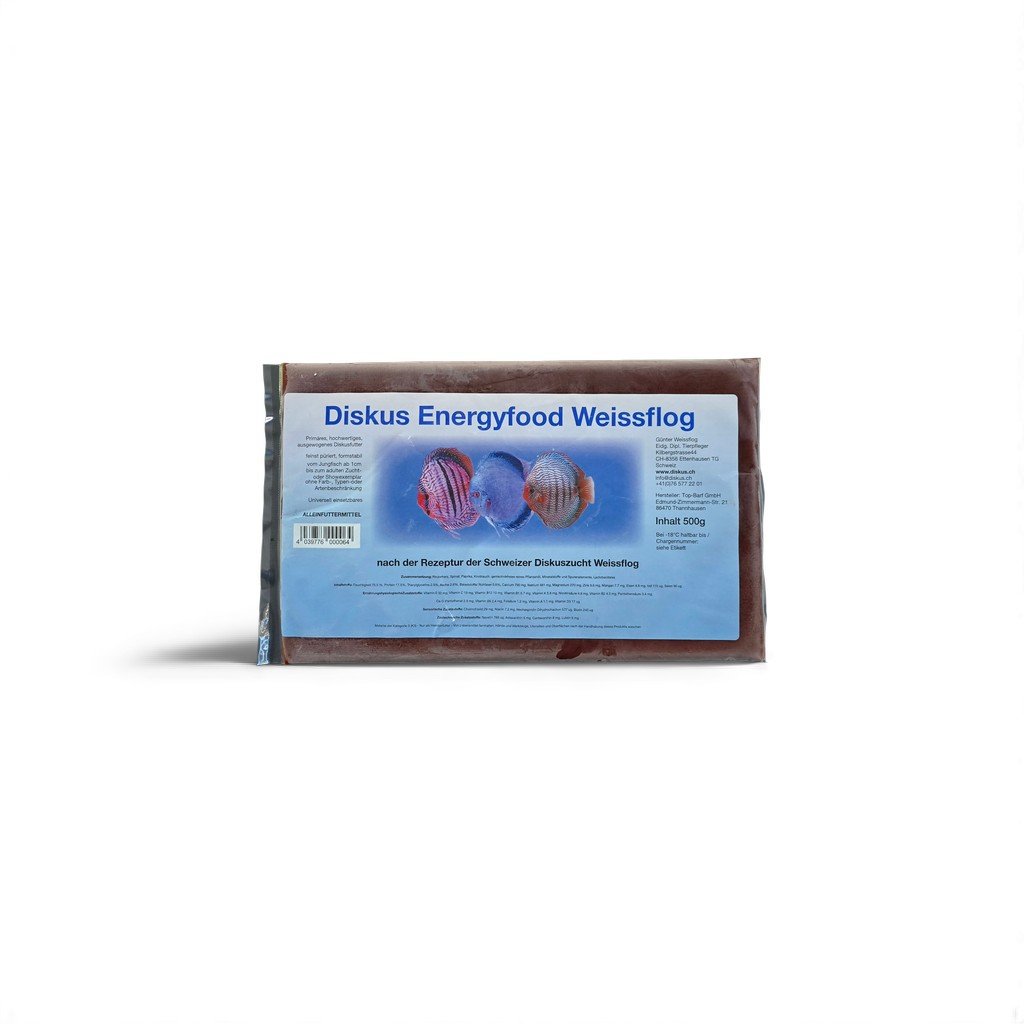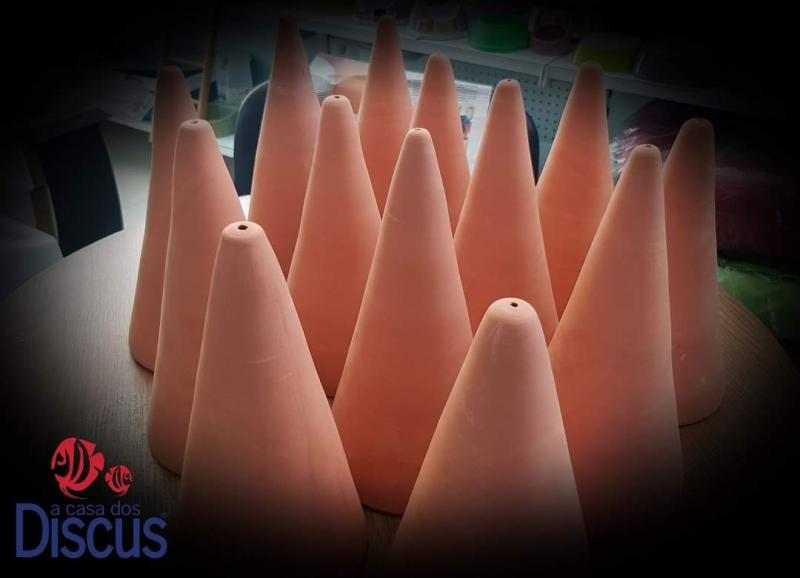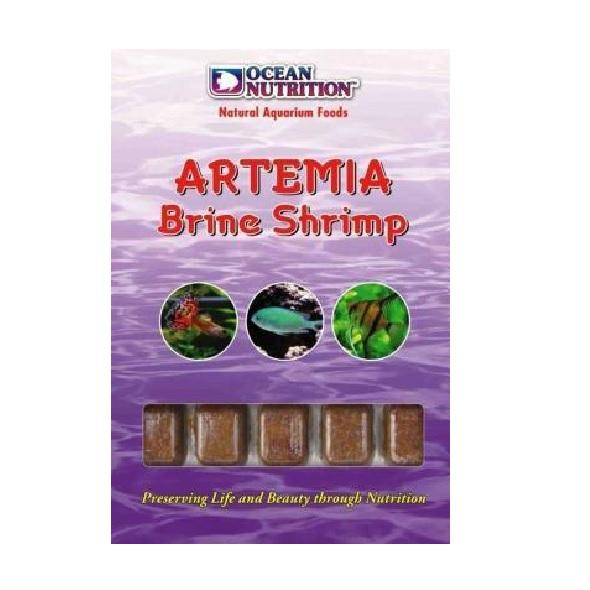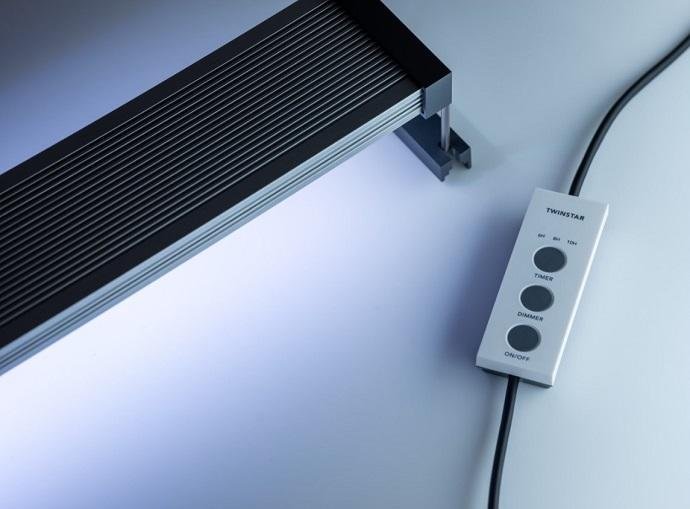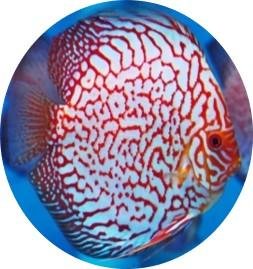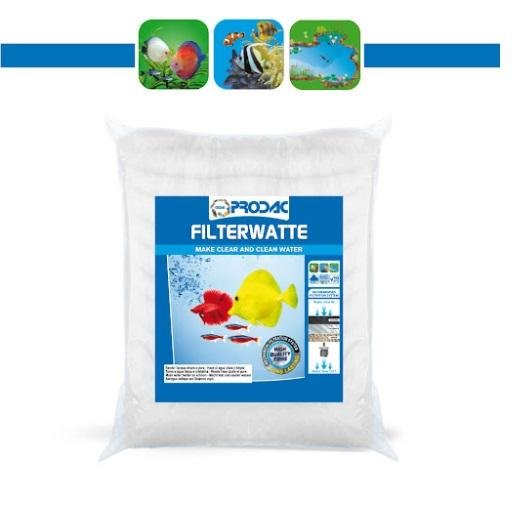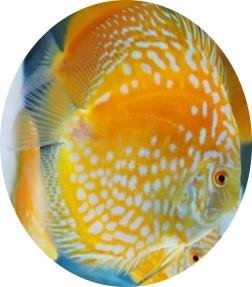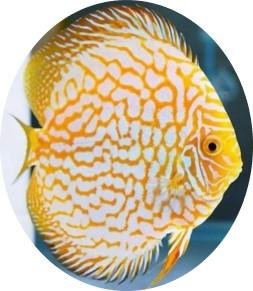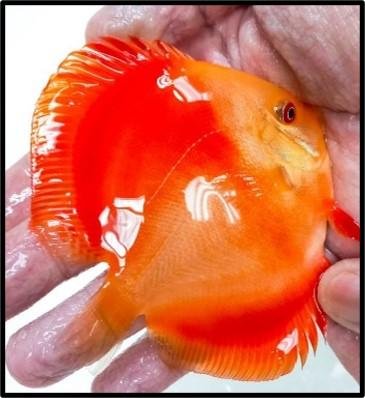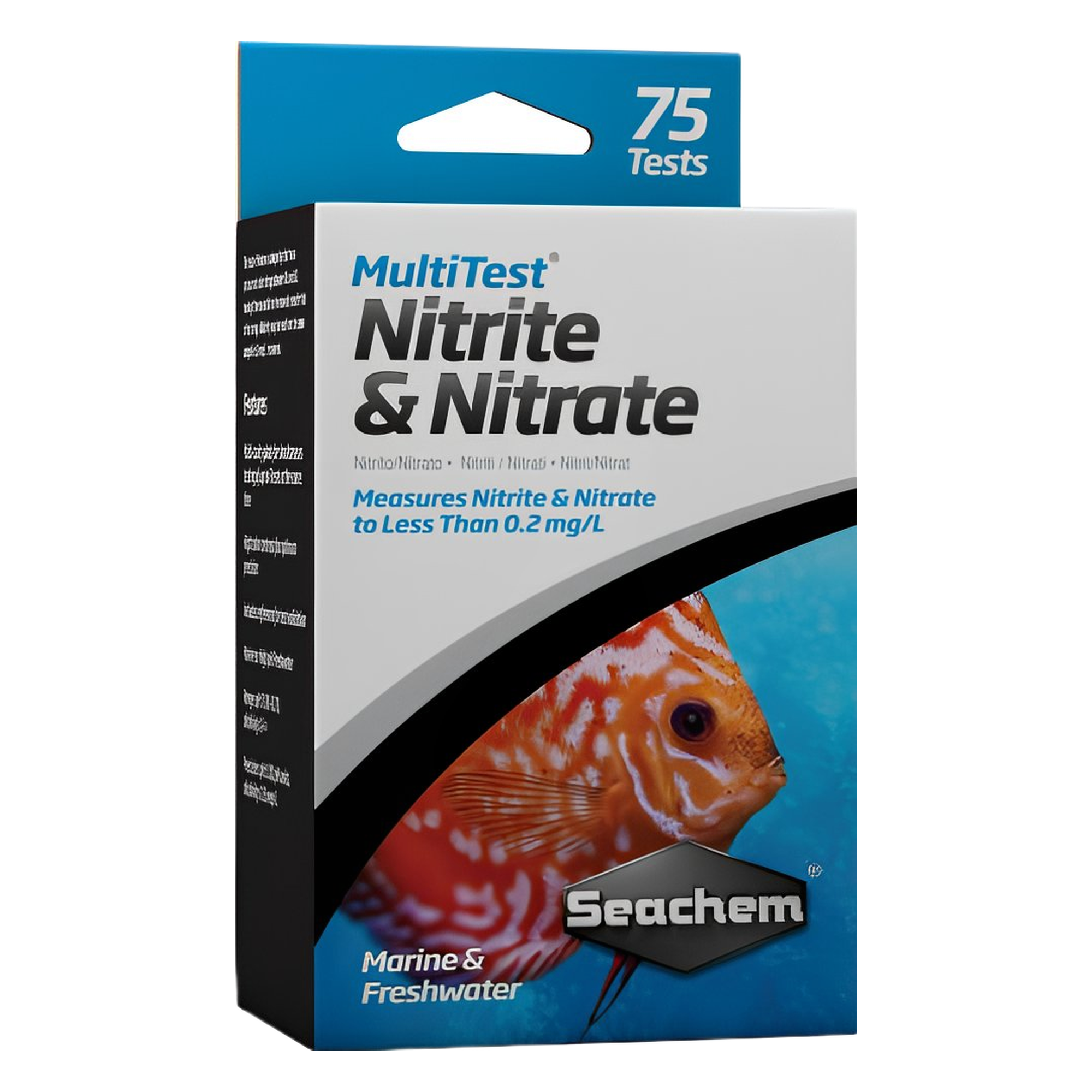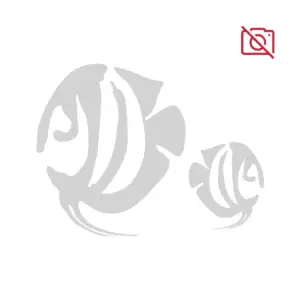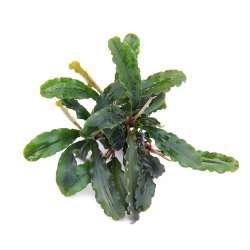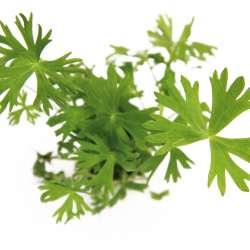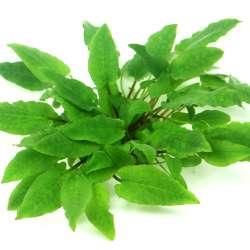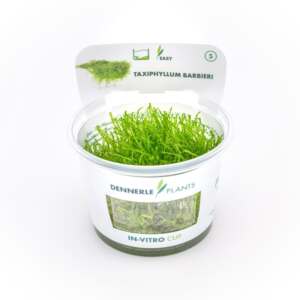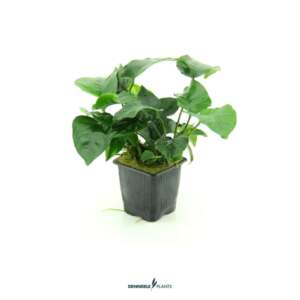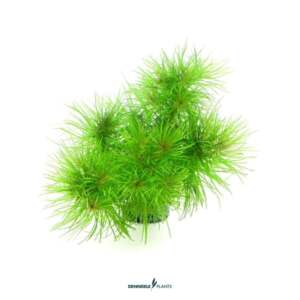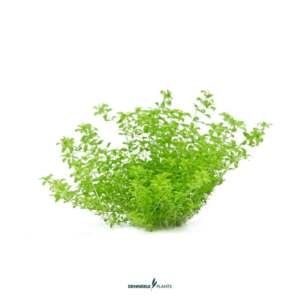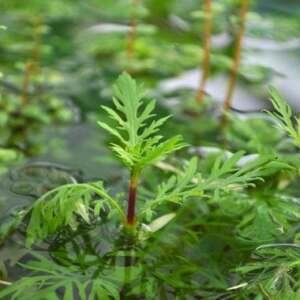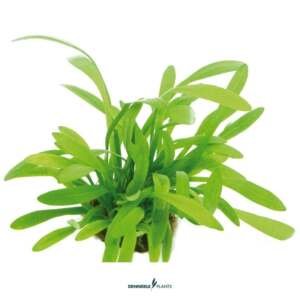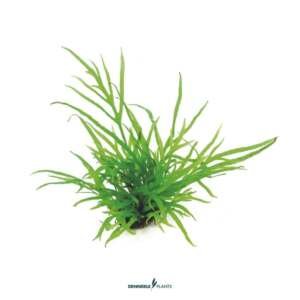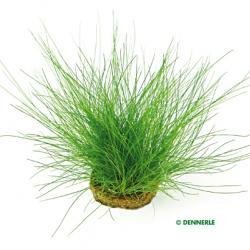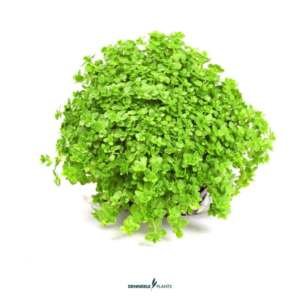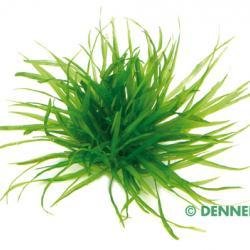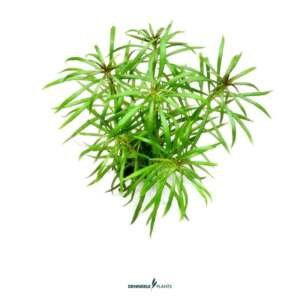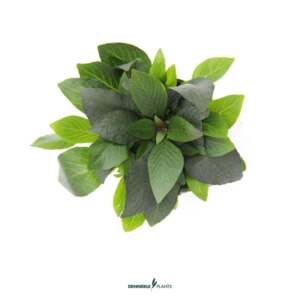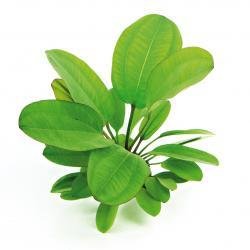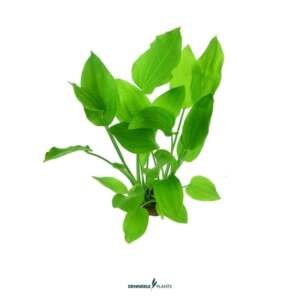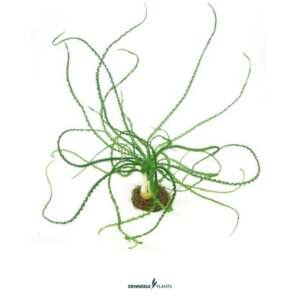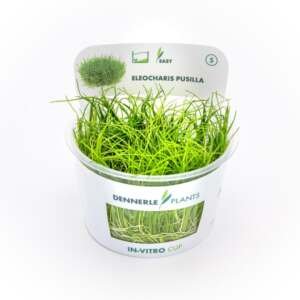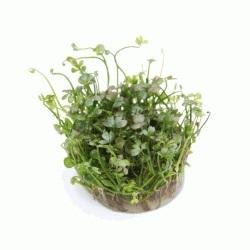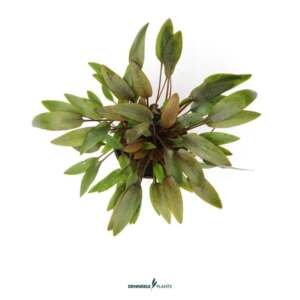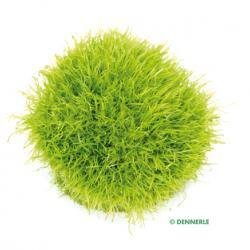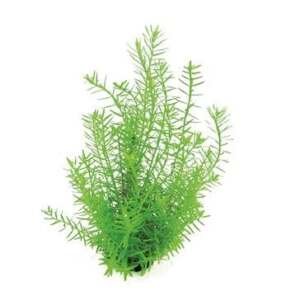Menu
Categorias
- BOTÂNICOS NATURAIS
- VIVOS
- CICLIDEOS ANÕES DO SUL DA AMÉRICA
- LABYRINTH FISH
- ANGEL FISH
- DISCUS SELVAGENS-H&K-Hudson Crizanto
- CICLIDEOS DO SUL DA AMÉRICA
- CICLIDEOS AFRICANOS ANÕES
- CICLIDEOS AFRICANOS
- OTHER FISH
- L`s H&K - Hudson Crizanto
- PEIXES COMUNITARIOS
- BARBOS
- INVERTEBRADOS
- TETRAS
- VIVÍPAROS
- PEIXES ARCO IRIS
- RAIAS
- PEIXES AGUA FRIA
- DISCUS
- CICLIDEOS
- NON-CZECH FISH
- KILLY FISH
- LORICARÍDEOS/PEIXE-GATO
- REPTEIS-ANFIBIOS
- ILUMINAÇÃO
- Lagos
- BOUTIQUE
- AQUARIOFILIA
- AQUÁRIOS
- CONDICIONADORES
- MEDICAÇÃO/SUPLEMENTOS
- PLANTAS
- Geral
- HARDSCAPE
- ARTHANDCER
- SUBSTRATOS
- FILTRAGEM
- ALIMENTAÇÃO
- MANUTENÇÃO
- AQUECIMENTO/ARREFECIMENTO
- NUTRIENTES PARA PLANTAS
- EXTERILIZADORES
- AQUATERRÁRIO
- TESTES
- CO2/AERAÇÃO
- CÃES-GATOS
Log in
Login
Registo
- Aquariofilia
- Vivos
- Boutique
- Destaques
- Novidades
Novidades
- Promoção
Promoções
Multitest Nitrite & Nitrate
36,70€O preço original era: 36,70€.27,53€O preço atual é: 27,53€. IVA Incl.
Bucephalandra spec. ‘Wavy Leaf’ ...
7,49€ IVA Incl.
A new genus takes aquatics by storm! The endemic genus Bucephalandra is only found in Borneo and like the Cryptocorynes and Anubias it belongs to the arum family. The exact scientific definition is currently very uncertain, so we get the name of this variety from the habit of the plant. Bucephalandra species are epiphytes and should therefore be attached to stones and roots. The 'Wavy Leaf' variety grows especially vigorously and is a decorative beauty. An ideal plant for Nano Cubes!
Adicionar
Ranunculus inundatus In-Vitro – medium...
6,99€ IVA Incl.
RANUNCULUS INUNDATUS IN-VITRO Growth height10 – 15 cmOrigin countryAustralien UsageAquascaping, NanoCubeTypeRhizompflanze FamilyRanunculaceaeSpeciesRanunculus BreedingAusläufer, TeilungGrowth speedschnell pH5 –...
Adicionar
Cryptocoryne wendtii ‘Broad Leaf’...
6,99€ IVA Incl.
CRYPTOCORYNE WENDTII ´BROAD LEAF´ IN-VITRO Growth height10 – 20 cmOrigin countrySri Lanka UsageAquascaping, Barschaquarium, NanoCubeTypeRosettenpflanze FamilyAraceaeSpeciesCryptocoryne BreedingAusläuferGrowth...
Adicionar
Dennerle – KH+ Elixier, 250 ml
9,49€ IVA Incl.
WATER HARDENER
KH+ ELIXIER
For optimum carbonate hardness and a stable pH value
Rapidly and safely raises the carbonate hardness to species-appropriate levels
Increases and stabilises the pH value
Readily soluble, simple to use
For healthy growth, vitality and well-being
For all freshwater aquaria
Ideal for hardening osmosis water
Adicionar
Hemianthus glomeratus – medium Categ.
6,29€ IVA Incl.
Baby tearsformerly Micranthemum glomeratusHome for this delicate aquarium plant is the east coast of North America. This variety of Hemianthus grows on rocky or muddy substrate at the mouths of rivers. Its loose, upright growth and brilliant, light green colour are fresh and spring-like. A pair of sharp scissors is all you need for pruning purposes. After pruning, the plants produce a number of new side shoots and the entire cluster will appear denser and more compact. Create rich contrasts by combining light green Hemianthus with red-leaved varieties, such as Alternanthera.
Adicionar
Anubias barteri var. nana
7,49€ IVA Incl.
ANUBIAS BARTERI NANAA folha de lança anã, para dar seu nome comum, é uma das plantas de aquário mais populares de todos os tempos. São excelentes plantas em primeiro plano que requerem o mínimo de cuidado. Atenção especial deve ser dada ao rizoma ao plantar: a parte espessa não deve ser coberta por substrato. Essas pequenas anubias crescem melhor quando ligadas a pedras ou raízes (consulte as árvores Mbuna na página 78). Também são frequentemente utilizados com ciclídeos dos lagos Malawi e Tanganyika. Isso parece especialmente decorativo entre arranjos de rochas.
Adicionar
SAGITTARIA SUBULATA VAR. PUSILLA – eas...
6,29€ IVA Incl.Em stock
SAGITTARIA SUBULATA VAR. PUSILLA
Altura de crescimento10 a 40 cmPaís de origemEUA
UsoDiskusaquarium, NanoCubeTipoRosettenpflanze
FamíliaAlismataceaeEspéciesSagittaria
Criação de animaisAusläuferVelocidade de crescimentoMittel
pH5 a 8Dureza da água0 a 15 ° dh
Dicas
CABEÇA DE ANÃ
Esta ponta de flecha anã é uma amada planta de aquário com folhas muito estreitas e semelhantes a fitas. Você poderia ser perdoado por pensar à primeira vista que as folhas se parecem com Vallisnerias. Sagittaria subulata var. A pussila é altamente variável e pode crescer de alguns centímetros a 40 cm de altura. Sob boa iluminação, esta variedade de ponta de flecha permanece agradável e curta para uso em primeiro plano. A remoção regular de quaisquer corredores com folhas mais longas ajudará a evitar que o carpete cresça demais. O meio duro para a água dura é melhor para estas plantas, mas elas toleram uma variedade de temperaturas da água.
Adicionar
Microsorum pteropus ‘Trident’
9,69€ IVA Incl.
Microsorum pteropus ´Trident´ Ícone de luz Iluminação Ícone de luz Cor Ícone de luz Posição Ícone de...
Adicionar
Bacopa caroliniana, emersed – easy Cat...
5,29€ IVA Incl.Em stock
Bacopa carolineana, emersed
A stem plant that is one of the classic aquarium plants. It grows much more slowly than other stem plants, and needs a well-lit location to help it produce the pretty brown-coloured leaves. Emersed plants are pure green and display obvious hairs on the stems. Place in a large group to achieve the most appealing effect, ideally with the stems arranged in ascending height order toward the back of the tank. This results in a harmonious sight for the observer.
Adicionar
Eleocharis acicularis
6,29€ IVA Incl.
Needle rush
The needle rush Eleocharis acicularis is found all over the world. It is a particularly lithe, grass-like plant for the foreground. It prefers cooler water, but does grow perfectly well at higher temperatures. Side runners shoot out over time to produce a thick carpet of plants. When bedding in plants cultivated in the emersed state, we recommend pruning hard and dividing any dense plant cushions. Plant the cut rootstock at 5 cm intervals. The first submerged blades will appear after just a few days.
Adicionar
Hemianthus callitrichoides ‘Cuba’...
6,29€ IVA Incl.
Lágrimas de bebê anão foram descobertas há vários anos em um riacho na ilha de Cuba. Folhas com apenas alguns milímetros de largura fazem deste Hemianthus a menor planta de aquário do mundo. É uma planta altamente adaptável em termos de valores da água, mas é importante fornecer boa iluminação e um bom suprimento de CO2. As plantas que crescem acima da água podem ser divididas em pequenos pedaços e plantadas. Dentro de algumas semanas, você terá um tapete denso em primeiro plano. Os desenhos de aquários que combinam essas plantas com todos os tipos de trabalhos em pedra parecem ornamentais e naturais.
Adicionar
Aponogeton boivinianus bulb
3,99€ IVA Incl.Em stock
INFO
A tuberous plant from the aquatic monocot family. This is one of the most attractive types of Aponogeton for aquariums. Its vibrant green, transparent leaves are arresting. In addition, the leaf blades have an extraordinary texture. As soon as the plant’s growth begins to slow, it should be given a period of rest, during which it needs cool water and dimmed light. The best way to achieve this is to move it into a small, separate aquarium for around 3 to 4 months. It is then ready to be replanted into your tank.
Adicionar
Blyxa japonica – medium Categ.
6,99€ IVA Incl.
Dwarf soft rush
Stunning, grass-like foreground plant. Takashi Amano’s fantastic underwater landscapes have really pushed this plant into the limelight. In the wild it only grows submerged in slow-moving, shaded water. This plant is known for being very demanding. And yet it is possible to cultivate when you take care of the important factors such as adequate light, CO2 supplementation, and nutrient-rich substrate. A large group turns any aquarium into a fascinating spectacle. With very strong lighting these plants display intense, red colouring.
Adicionar
Pogostemon stellatus spec.
6,29€ IVA Incl.
Pogostemon stellatus spec. Licht Icon Lighting Licht Icon Color Licht Icon Position Licht Icon 22 – 28...
Adicionar
Hygrophila corymbosa Compact -easy Categ.
7,49€ IVA Incl.
COMPACT CORYMBOSA
Esse formato de anão provavelmente surgiu por mutação e não é típico para o gênero Hygrophila. As hastes são fortemente comprimidas e as folhas estão bem compactadas. As plantas cultivadas acima da água têm folhas verdes profundas, enquanto as plantas de aquário têm folhas verdes brilhantes. Cresce lentamente, o que torna muito mais fácil cuidar do que outras variedades de Hygrophila. É ideal como uma planta em primeiro plano. O formato da folha faz com que seja uma boa mudança em relação às plantas comuns em primeiro plano.
Adicionar
Echinodorus ‘Dschungelstar no.2’...
6,29€ IVA Incl.
Family: Alismataceae Species: Echinodorus Type: Rosettenpflanze ‘Small Bear’ (‘Kleiner Bär’) has been commercially available since 1995 and...
Adicionar
Echinodorus argentinensis -easy Categ.
5,29€ IVA Incl.Em stock
Sword plants are now distributed throughout the US and Argentina. E. argentinensis is one of the larger varieties and requires sufficient space in an underwater landscape. It is well-suited to open aquaria as its sturdy emersed leaves are highly ornamental. With a little bit of patience there may even be flower shoots bearing white blossoms. Requires nutrient-rich substrate and medium to strong lighting.
Adicionar
Eleocharis pusilla In-Vitro – easy Cat...
7,49€ IVA Incl.Em stock
The dwarf spike rush, Eleocharis pusilla, is native to Australia and New Zealand and inhabits wetlands with different water levels. In contrast to Eleocharis acicularis, the growth height is significantly shorter, usually only a few centimetres high. Another distinguishing feature are the light green, slightly curved stems of the dwarf spikerush. This grass grows best in cooler water, it cannot tolerate permanently high temperatures over 25° C. This delicate beauty is extremely well suited to stone layouts in the Iwagumi style, for the creation of a fresh "summer meadow". Like Echidonorus acicularis, the dwarf spikerush can also be cut well back, which makes the plant even denser and more compact
Adicionar
Utricularia graminifolia In-Vitro – ea...
7,49€ IVA Incl.Em stock
GRASSY BLADDERWORTUtricularia graminifolia é uma planta verde clara elegante e em primeiro plano. Encontramos essa variedade a uma altitude de 2.000 m em água que flui rapidamente e emergimos na zona de espirro de pequenos riachos no Sri Lanka. Nos aquários, esta planta precisa de luz média para produzir gradualmente um tapete grosso, mas muito curto. Utricularia tem algumas características únicas: é uma planta carnívora e produz armadilhas vesicais especiais para capturar microorganismos que passam. Peixes e camarões são perfeitamente seguros,
Adicionar
Dennerle – Catappa Bark, 12cm for 160l
8,99€ IVA Incl.
CASCA DE CATAPPA
Cuidado natural da água e decoração
Adicionar
Todas as Categorias
- ALIMENTAÇÃO
- AQUARIOFILIA
- AQUÁRIOS
- AQUATERRÁRIO
- AQUECIMENTO/ARREFECIMENTO
- ARTHANDCER
- BOTÂNICOS NATURAIS
- BOUTIQUE
- CÃES-GATOS
- CO2/AERAÇÃO
- CONDICIONADORES
- EXTERILIZADORES
- FILTRAGEM
- Geral
- HARDSCAPE
- ILUMINAÇÃO
- Lagos
- MANUTENÇÃO
- MEDICAÇÃO/SUPLEMENTOS
- NUTRIENTES PARA PLANTAS
- PLANTAS
- REPTEIS-ANFIBIOS
- SUBSTRATOS
- TESTES
- Uncategorized
- VIVOS
- ANGEL FISH
- BARBOS
- CICLIDEOS
- CICLIDEOS AFRICANOS
- CICLIDEOS AFRICANOS ANÕES
- CICLIDEOS ANÕES DO SUL DA AMÉRICA
- CICLIDEOS DO SUL DA AMÉRICA
- DISCUS
- DISCUS SELVAGENS-H&K-Hudson Crizanto
- INVERTEBRADOS
- KILLY FISH
- L`s H&K - Hudson Crizanto
- LABYRINTH FISH
- LORICARÍDEOS/PEIXE-GATO
- NON-CZECH FISH
- OTHER FISH
- PEIXES AGUA FRIA
- PEIXES ARCO IRIS
- PEIXES COMUNITARIOS
- RAIAS
- TETRAS
- VIVÍPAROS


